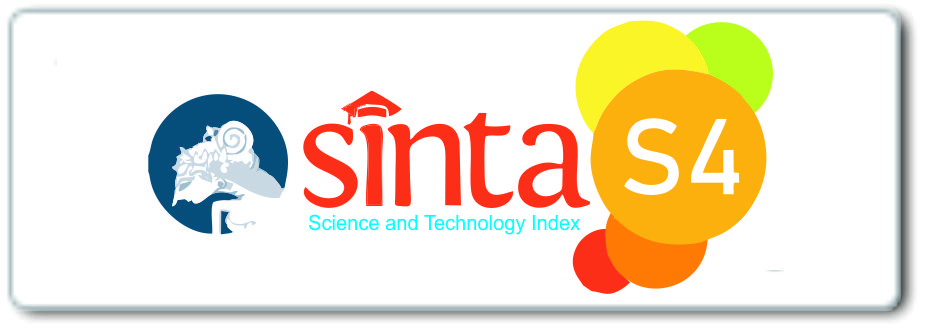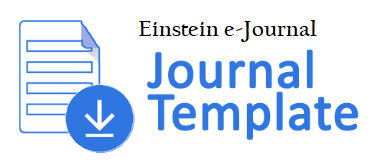PHOTOLUMINESCENCE PROPERTIES OF TB3+ DOPED ON PHOSPHATE GLASS MEDIUM BY ADDITION OF FLUORIDE COMPOUNDS
DOI:
https://doi.org/10.24114/ein.v12i3.54202Keywords:
Medium Gelas, Ion Tb3 , Melt-quenching, karakterisasiAbstract
Research has been conducted on the effect of the addition of fluoride compounds on the photoluminescence properties of Tb3+ doped on phosphate glass has been found. with the composition of glass samples are 69 P2O5 - 20 LiO2 - 10 AlF3 - 1Tb2O3 (P-Tb1), 59 P2O5 - 20 LiO2 - 10 AlF3 - 10 NaF - 1 Tb2O3 (P-Tb2) and 49 P2O5 - 20 LiO2 - 10 AlF3 - 10 NaF -10KF - 1 Tb2O3 (P-Tb3). All chemical compounds are in powder form with a total mass of 15 grams using the melt-qunching technique at 11000C. To determine the quality of the material, measurements and calculations were made of physical properties including molar mass, density, molar volume, refractive index, Tb3+ ion concentration, Polaron radius, molar refractivity, reflection loss and dielectric constant. Characterizations carried out include FTIR, UV-VIS-NIR Spectrophotometer, Abbe Refractometer, Spectrofluorophotometer. To study the physical properties, the optical properties were examined through their absorption and luminescence spectra. The luminescence spectrum is known by photoluminescence. Characteristic luminescence bands corresponding to electronic transitions of terbium ions were detected under two direct excitations of Tb3+ ions. After 377 nm excitation, the glass sample obtained terbium 5D4→ 7F5 transition at 544 nm indicating green laser. The application of green laser has been investigated with CIE coordinate diagram.Downloads
Published
How to Cite
Issue
Section
License
Copyright (c) 2024 EINSTEIN (e-Journal)

This work is licensed under a Creative Commons Attribution-NonCommercial 4.0 International License.
Authors who publish with this journal agree to the following terms:
- Authors retain copyright and grant the journal right of first publication with the work simultaneously licensed under a Creative Commons Attribution-Non Commercial 4.0 License (CC BY-NC) that allows others to share the work with an acknowledgement of the work's authorship and initial publication in this journal for non commercial purposes.
- Authors are able to enter into separate, additional contractual arrangements for the non-exclusive distribution of the journal's published version of the work (e.g., post it to an institutional repository or publish it in a book), with an acknowledgement of its initial publication in this journal.




